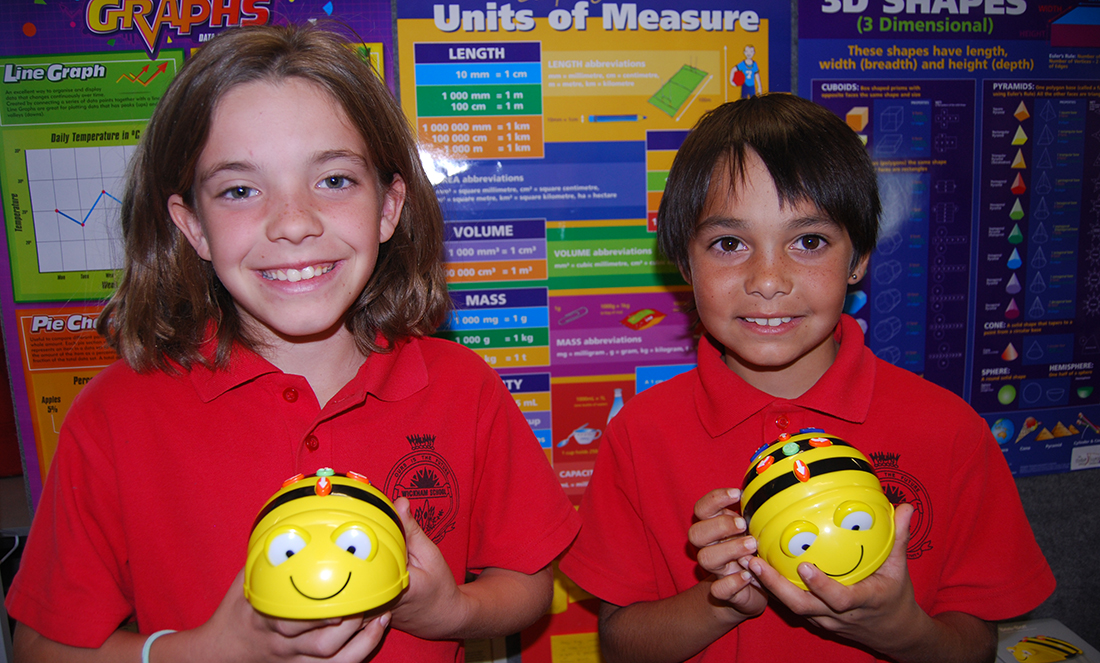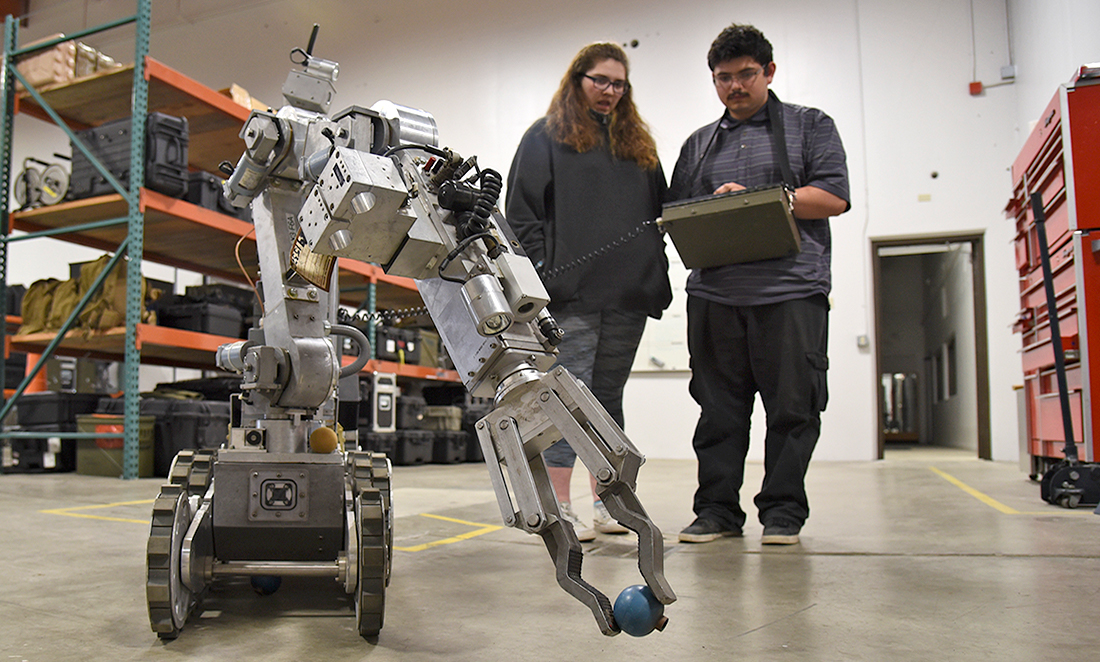How do you prepare an entire state for a future in which having the ability to solve problems will be essential in finding work? A future in which over three-quarters of us will require mathematics or science skills?
And what do you do if we’re already lagging behind in the development of these crucial skills?
Well, if you’re Minister for Science Dave Kelly, you launch WA’s first-ever State STEM skills strategy.

A year after first announcing the initiative, the McGowan Government has now revealed the goals and pillars of action for the strategy, as well as an initial investment of $3.3 million to begin rolling it out over the next 4 years.
The STEM skills strategy is all in the name of creating a competitive, innovative, adaptive workforce and ensuring that WA can take full advantage of the opportunities provided by technological innovation and the changing nature of work.
“This will be used as a roadmap to help equip all Western Australians, industry and government to adapt to the industries and workplaces of the future.” says Minister Kelly.
“If we want to see our economy grow and to create the jobs of the future, we need to have clear goals and pillars—and now we do.”
“This will be used as a roadmap to help equip all Western Australians, industry and government to adapt to the industries and workplaces of the future.”
The STEM skills strategy was developed by an advisory panel led by WA’s Chief Scientist Professor Peter Klinken, with input from experts in education, industry, vocational education and training, university and community sectors.
STEM FOR THE FUTURE
STEM skills focus on creativity, exploration and experimentation. These processes will help us develop new ways of thinking and find better ways of doing things.
One of the goals of the strategy is to ensure that school students develop STEM skills for their future careers—which look to be highly variable. Whereas once we prepared for a single career, it’s predicted that today’s students will have on average 17 jobs across five different careers.
McGowan Government driving WA's future jobs, future skillsThe McGowan Government is driving STEM skills in WA to ensure our students are ready for the jobs of the future. We recently announced we'll invest more than $3.3m to kick-start the State's first ever State STEM Strategy. Find out more here: https://bit.ly/2J0Z5ul
Posted by Dave Kelly MP on Wednesday, 30 May 2018
A key focus of the STEM strategy will be assisting teachers to learn how to promote these skills and transform STEM culture in schools, especially in low-socioeconomic communities.
Minister Kelly has stated that “the professional development program has the potential to transform the STEM culture in 60 schools, develop the teaching practice of 1200 teachers and impact 25,000 students”.
But it’s not all about STEM in schools.
STEM SKILLS FOR ALL
A second goal of the strategy will be to reskill current WA workers so they too can share in future job opportunities.
And finally, the WA State STEM skills strategy will have a focus on equal access for all.
“The work of the panel specifically recognised that lower-socioeconomic communities are the least likely to acquire STEM skills. That is why the strategy has a focus on these areas to ensure no Western Australian is left behind in the growing innovation economy.”

While $3.3 million may seem a hefty sum, Minister Kelly suggests it will pay off for all of us in the long run.
“There are also significant economic gains in ensuring people are equipped with the right skills for the jobs of the future. Economic benefits are predicted to be $600 billion from 2015 to 2030 in Australia alone.”
From here, the State Government will be seeking support from industry to partner in the development and resourcing of future STEM programs.
DISCLAIMER: Scitech receives funding from the Department of Jobs, Tourism, Science and Innovation and was a participant in the State STEM advisory panel led by Professor Peter Klinken.








